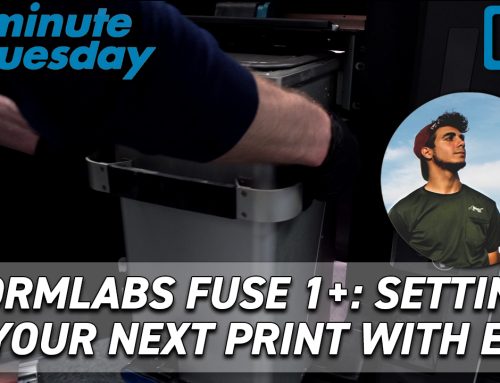https://cimquesttv.wistia.com/medias/s1uturmj6t?embedType=async&videoFoam=true&videoWidth=640
Chip load given by tool manufacturers is the distance the material is moved into the cutter at the centerline of the tool as each cutting edge rotates through to cut. Watch to learn more.







Leave A Comment